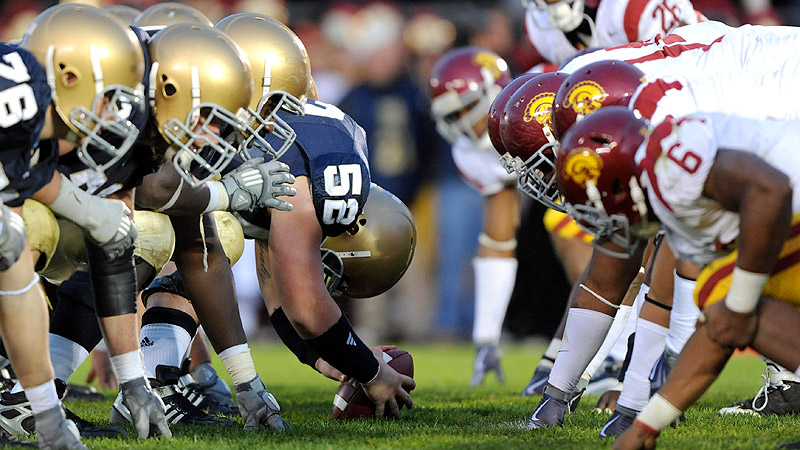In college football, whether it’s a nail-biting fourth-quarter drive or a routine first-down snap, 22 players out there will be battling it out. That’s not just a random number; it’s a key part of what makes the game tick. Let us dig into why are always 22 players on the field, what they’re doing out there, and how this setup shapes the sport.

The 22-Player Formula Behind Every College Football Snap
Let’s start with the basics. In any college football game, each team has 11 players on the field. With two teams, one on offense trying to score, the other on defense trying to stop them, that adds up to 22 players every time the ball’s snapped. It’s a rule you’ll see across the board, from Division I powerhouses to small-school programs, and it’s been that way for over a century.
So, why should there be 11 per side? Rewind to the early days when football started, talking of the 1800s, and things looked a lot different. Back then, teams sometimes crammed as many as 25 players on each side into the mix. It was wild, messy, and more like a rugby scrum than the game everyone knows today. So, as football evolved in the late 19th century, they settled on 11 players per team.
The 22-player setup isn’t just tradition; it’s about fairness and strategy. With 11 on offense and 11 on defense, neither side has an edge in numbers. It’s all about how those 11 work together, whether it’s the offense carving out a running lane or the defense swarming to the ball. That balance keeps the game competitive and forces coaches to get creative with their playbooks.
Understanding the Roles: What Each of the 22 Players Does on the Field
Offensive
Quarterback: Calling plays, slinging passes, or handing off the ball.
Running Backs: The workhorses who take handoffs, dodge tacklers, or block for the QB.
Wide Receivers: Speedy guys who streak downfield to catch passes.
Tight Ends: Do-it-all players who can block like linemen or snag passes like receivers.
Offensive Line: Consists of guards and tackles, who shield the quarterback and bulldoze paths for runners.
Defense
Defensive Line: The front wall, rushing the QB, and clogging up running lanes.
Linebackers: The glue of the defense, tackling runners and covering receivers.
KEEP READING: Top 10 College Football Programs in Average Attendance Last Season
Cornerbacks: Quick defenders shadowing wide receivers.
Safeties: The deep patrol, stopping big plays, and backing up the rest of the crew.
Over the years, strategies within the setup have changed, from smashmouth runs to spread-option attacks, but the 22-player foundation has remained the same.
College Sports Network has you covered with the latest news, analysis, insights, and trending stories in football, men’s basketball, women’s basketball, and baseball!

